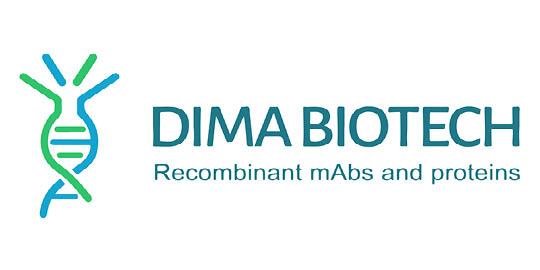Human BKRB1-Strep full length protein-synthetic nanodisc
Human BKRB1-Strep full length protein-synthetic nanodisc
SKU
DMAFLP120213-50
Packaging Unit
50 µg
Manufacturer
DIMA Biotechnology
Availability:
loading...
Price is loading...
Background: Bradykinin, a 9 aa peptide, is generated in pathophysiologic conditions such as inflammation, trauma, burns, shock, and allergy. The protein encoded by this gene belongs to the G-protein coupled receptor 1 family. Two types of G-protein coupled receptors have been found which bind bradykinin and mediate responses to these pathophysiologic conditions. The protein encoded by this gene is one of these receptors and is synthesized de novo following tissue injury. Receptor binding leads to an increase in the cytosolic calcium ion concentration, ultimately resulting in chronic and acute inflammatory responses. [provided by RefSeq, Aug 2020]
Description: Human BKRB1-Strep full length protein-synthetic nanodisc
Molecular Weight: The human full length BKRB1-Strep protein has a MW of 40.5 kDa
Protein Families: GPCR,Transmembrane,Druggable Genome,
Protein Pathways: GPCRDB Class A Rhodopsin-like,Peptide GPCRs,Regulation of Actin Cytoskeleton KEGG,Cancer,
Storage & Shipping: Store at -20°C to -80°C for 12 months in lyophilized form. After reconstitution, if not intended for use within a month, aliquot and store at -80°C (Avoid repeated freezing and thawing). Lyophilized proteins are shipped at ambient temperature.
Tag: C-Flag&Strep Tag
Expression Host: HEK293
Formulation & Reconstitution: Lyophilized from nanodisc solubilization buffer (20 mM Tris-HCl, 150 mM NaCl, pH 8.0). Normally 5% – 8% trehalose is added as protectants before lyophilization. Please see Certificate of Analysis for specific instructions. Do not use solvents with a pH below 6.5 or those containing high concentrations of divalent metal ions (greater than 5 mM) in subsequent experiments.
Target: BKRB1
Uniprot ID: P46663
Usage: Research use only
Description: Human BKRB1-Strep full length protein-synthetic nanodisc
Molecular Weight: The human full length BKRB1-Strep protein has a MW of 40.5 kDa
Protein Families: GPCR,Transmembrane,Druggable Genome,
Protein Pathways: GPCRDB Class A Rhodopsin-like,Peptide GPCRs,Regulation of Actin Cytoskeleton KEGG,Cancer,
Storage & Shipping: Store at -20°C to -80°C for 12 months in lyophilized form. After reconstitution, if not intended for use within a month, aliquot and store at -80°C (Avoid repeated freezing and thawing). Lyophilized proteins are shipped at ambient temperature.
Tag: C-Flag&Strep Tag
Expression Host: HEK293
Formulation & Reconstitution: Lyophilized from nanodisc solubilization buffer (20 mM Tris-HCl, 150 mM NaCl, pH 8.0). Normally 5% – 8% trehalose is added as protectants before lyophilization. Please see Certificate of Analysis for specific instructions. Do not use solvents with a pH below 6.5 or those containing high concentrations of divalent metal ions (greater than 5 mM) in subsequent experiments.
Target: BKRB1
Uniprot ID: P46663
Usage: Research use only

 Deutsch
Deutsch











